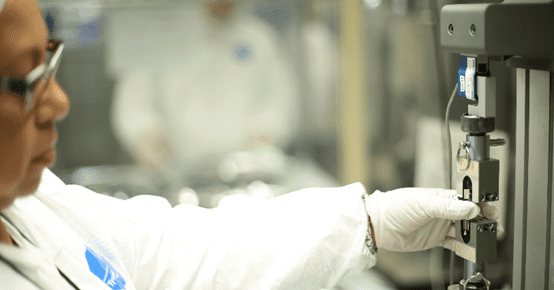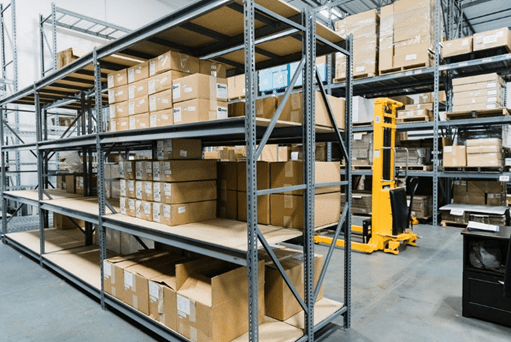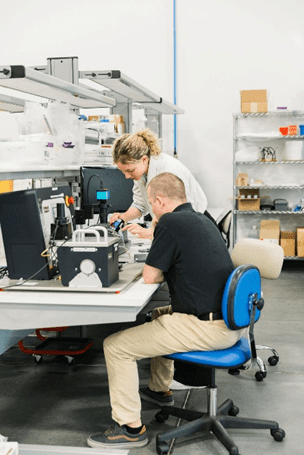A polished slide deck can open doors and land seed money. But Series A investors, and eventually clinicians and patients, pay for working products. This means devices that can be built, sterilized, shipped, and cleared by regulators. Use this reality-check to move from seed funding to first commercial sales without running out of runway.

A Pretty Pitch Deck ≠ A Finished Product
Here’s the harsh truth:
- ~75 % of med-tech startups never reach the market. Funding gaps are the #1 reason why
- Even “simple” Class II devices can cost $0.5 M–$3 M to design, verify, and clear. Complex therapeutic systems can run tens of millions (not counting post-approval studies).
- An FDA 510(k) review typically takes 3–6 months, and the clock pauses every time you must answer questions or provide extra data, even though operating expenses keep ticking.
Take-away: A demo video and glossy renders won’t fill these gaps. You need a buildable design, a credible regulatory plan, and enough cash to get through both.
Common Mistakes Made by Medical Device Startups

Design for manufacturability (DFM)
Skipping DFM and process development to hit an “investor milestone” often means re-doing testing later – repeating cost and timeline.
Regulatory blind spots
Incomplete risk analyses or test plans can lead to costly re-testing. As a device progresses through development, regulatory focus may shift to address emerging patient risks. Meaning even the best initial strategy may need to evolve. Staying diligent and flexible is key.
Teams sometimes cut corners on preclinical work to move quickly, but this can backfire, leading to late design changes and the need to repeat expensive GLP testing. Instead, prioritize early vetting of your design and risk profile. It’s also worth engaging with the FDA early. Special designations can reduce surprises.

Supply-chain reality
Sourcing for novel products often involves advanced materials and processes, which takes time. Suppliers need room to ramp-up and develop alongside a project.
True cost of goods (COGS)
Telling stakeholders a $100 COGS target sounds great unless you’re ignoring the order quantities needed to achieve that target, upfront payments, rework and yield loss, lot fees, sterilization, warehousing and shipping charges, etc.
Quality-system fit
Your future contract manufacturer must operate under ISO 13485. Retrofitting paperwork after design freeze can be cumbersome and expensive.
A Playbook for New Medical Devices
| Stage | Key moves | Why it matters |
| Problem & concept | Validate the clinical pain point; map reimbursement early. | Seed investors tend to back clear need and clear payment. |
| Feasibility prototype | Prove physics and ergonomics, skip branding for now. | Function first, polish later. |
| Design-input freeze | Lock user needs & regulatory class; start DFMEA. | Fewer pivots mid-build. |
| Alpha → beta builds | Switch from hand tools to production-like fixtures, if possible; write work instructions. | Each build should look more like real manufacturing. |
| Verification & validation | Test worst-case lots, not hero units; capture data in traceable templates. | Data beats anecdotes when FDA asks. |
| Launch prep | Finalize packaging, labeling, sterilization, and shelf-life before DV builds. | The product isn’t market-ready until the box and IFU are, too. |
Bonus tip: Stay focused on your primary indication
As interest grows, it’s tempting to chase new indications before your first is fully validated. But expanding too soon can derail timelines and strain budgets. Get your primary indication across the finish line first. You can always scale once the foundation is in place.
Timeline & Budget Reality Check
- Plan 2-3 years from first sketch to first U.S. sale for a “simple” class II catheter or single-use device, and years longer for a class III device. Many teams budget for 1-2 years, then scramble for bridge funding when reality hits.
- COGS reality: Roughly speaking, early builds will be significantly more expensive than your long-term target. Preclinical prototypes, design verification units, and pilot lots often carry higher costs due to lower volumes, manual processes, and early-stage inefficiencies.
- Raise at least 20 % extra for surprises: supplier shake-ups, test failures, or fresh clinical feedback.

How Medical Murray helps you close the gaps
- Early-stage design guidance for catheters, implants, and single-use devices, all based on hundreds of successful projects.
- Rapid feasibility prototypes, oftentimes built on the same equipment we use for production.
- DFM & supply-chain engineering to improve yield, cut COGS, and shorten lead times before design verification.
- ISO 13485 quality system & full DHF support; making projects audit-ready from day one.
- Pilot through scale production in Class 7 cleanrooms, so you can build clinical lots, generate first revenue, and scale without switching sites.
Slides might help raise seed funding, but it’s solid engineering, smart process planning, and verifiable data that attract serious Series A capital. Bring those three pillars to every investor meeting and you’ll stand out from the crowd of “pretty-deck” startups that never ship a product.
Ready to turn your pitch into a product?
Send your concept or CAD file to sales@medicalmurray.com for plain-spoken feedback with a quick turnaround.
